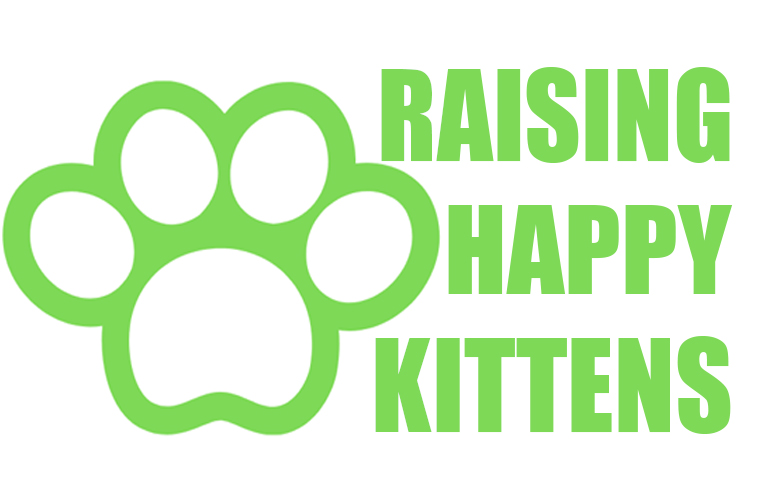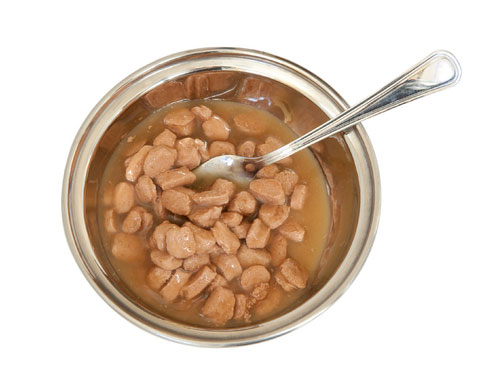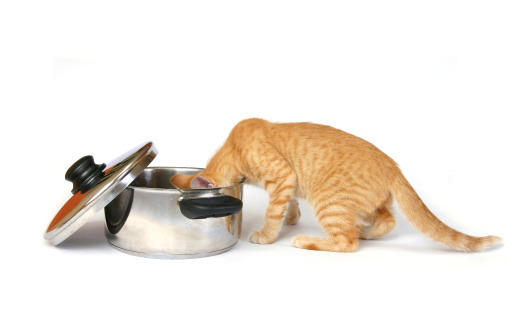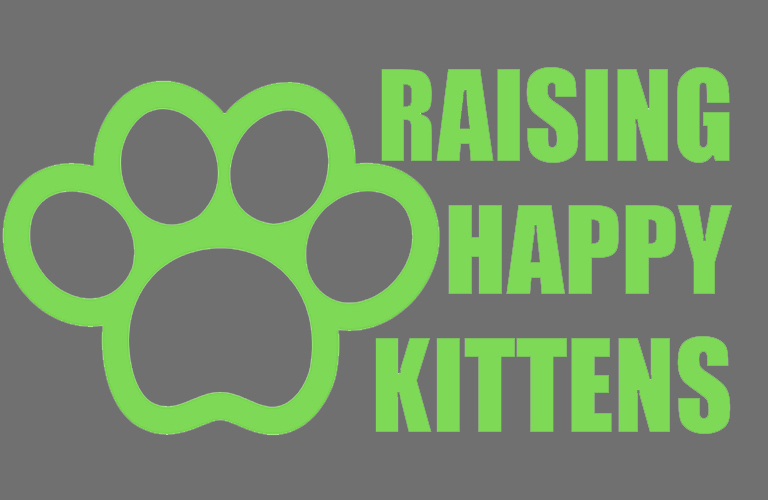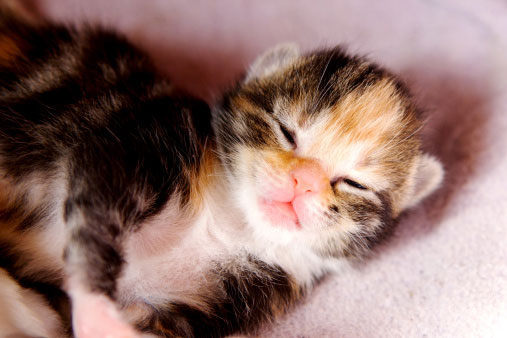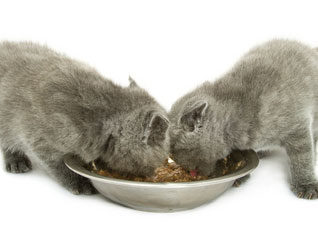The tragic thing about any recall, is that pet owners are unknowingly poisoning their own pets.
However in the case of the 2007 dog and cat food recalls, the massive amount of illness and death was partially due to the fact that symptoms didn’t present until it was too late.
This tragedy was so pervasive, almost everyone knew at least a friend of a friend whose pet succumbed to illness or death as a result.
So how could this have happened?
Let’s start with some background information on how the pet food manufacturing process works.
Pet Industry Economics
Here’s how it works: An individual supplier for each component of a recipe is selected by a manufacturer. This manufacturer creates the formula based upon the criteria of its clients, aka the corporations. Each corporation has various brands that get distributed to the stores.
(Corporations can work with various manufacturers too, but for simplicity’s sake this is the chain of events.)
In the case of the dog and cat food recalls of March 2007, the Canadian company Menu Foods Inc. (the manufacturer) took a gamble on a new supplier (a company in China) when their usual supplier was unable to provide the wheat gluten needed on schedule.
The wheat gluten was contaminated with melamine, a by-product from the plastic-production process. Another contaminate in the gluten was cyanuric acid.
Alone, these chemicals are not deadly but when combined, they form a crystal that builds up in the kidneys of the cats and dogs that ingest it.
With the tainted wheat gluten on hand, Menu Foods added it to over 100 product lines for its customers, or as we know them the “Pet Food Companies.”
Well-known affected brands included IAMS, Eukanuba, and Science Diet.
This supply chain accounts for why cat food recalls aren’t necessarily brand-specific. The same tainted product can be present in everything from your low-end Special Kitty to higher-end Blue Buffalo.
The Aftermath of the Dog and Cat Food Recalls
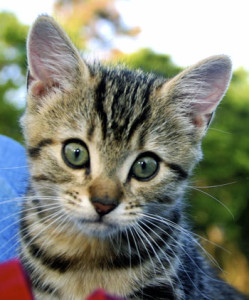 In early 2008, the FDA and USDA investigation into the recall led to indictment by the Federal Grand Jury of 2 Chinese Nationals (along with their business) and a U.S. Company and leaders for knowingly importing products contaminated with melamine.
In early 2008, the FDA and USDA investigation into the recall led to indictment by the Federal Grand Jury of 2 Chinese Nationals (along with their business) and a U.S. Company and leaders for knowingly importing products contaminated with melamine.
For pet owners, justice was not so satisfactory. Thousands went to court to seek retribution after losing not only their beloved pets, but for the veterinary expenses as a result of the tainted formulas.
On average, 50% of costs in these lawsuits were awarded to the plaintiffs to cover the vet bills, burial expenses, and in some cases even ongoing care for pets that will remain ill for the rest of their lives.
Going Forward
Make sure you handle and store your kitten’s food properly, and never purchase “open bin” styles at the store.
Not only can this harbor and transmit bacteria, but if there are cat food recalls you want to be able to identify the exact date and lot number so you know if your brand is affected.
You must also visit the website of the brand or research the FDA list of contaminated foods periodically.
It is tedious and time-consuming but in this day and age of mass-production gone rampant, it is the only way to protect your pet’s safety. Find out more in the Pet Food Recall FAQ article.
